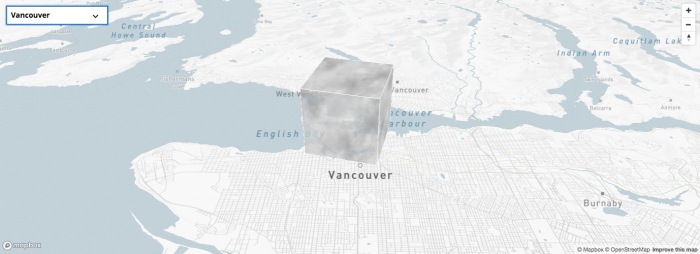With a goal of reducing our greenhouse gas emissions to 30% below 2005 levels by 2030, what will it take for Canada to meet its international commitments?

Screenshot via CBC News
The CBC worked with Navius Research, a climate-modelling company, to learn more about how we can achieve them. Using gTech, the study compared the following policies: our current emissions (no plan); the Pan-Canadian Framework (PCF); expand the carbon tax; zero-emissions electricity; total conversion to electric vehicles; and all policies combined. Plotting their findings on a graph representing CO2 emissions in megatonnes, they found that even if all policies were combined, Canada would still miss Target 511—the PCF, for example, misses the target by 109 megatonnes. And while the carbon tax is a good start, their analysis suggests that “Canada needs a multi-pronged approach that addresses emissions in a wide range of sectors,” according to the CBC article showcasing the project. They also suggest that transformative changes to infrastructure are key to meeting our Paris goals, however, it is critical that such changes are designed to be more desirable than our current systems.

Screenshot via CBC News
To communicate “how much volume 109 Mt of CO2 actually takes up”, Navius Research created a wonderful data visualization to illustrate the size of our emissions challenge. Inspired by CO2 Cube, a public art project from COP15 in Copenhagen, it visualizes a cube hovering over various cities across a map of Canada.
Check out this CBC article to learn more about the study and to explore the 109-megatonne Challenge.
- Log in to post comments

CRC Comments